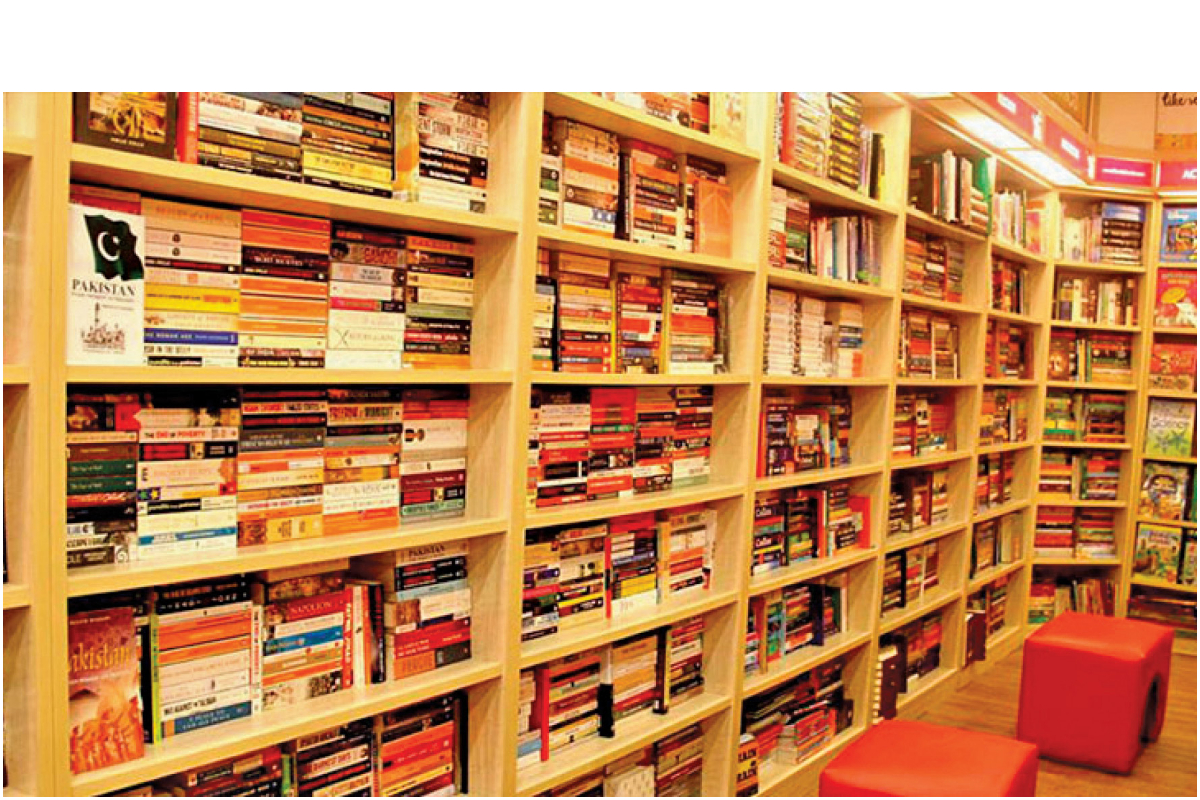
At Cost of Knowledge
The government’s recent move to ban import of printing material as a luxury item is beginning to hurt the education sector
KARACHI: The publishing houses in Pakistan are facing immense challenges in running their businesses amid a rising shortage of imported paper and sky-rocketing prices of comparatively low-quality paper produced locally.
Import of printing paper was included in the government’s decision last June to ban import of non-essential items. The move was aimed at controlling the fall of rupee’s value against US dollar, and thereby controlling one of the worst economic downspins in recent years.
Publishers say that the printing industry was already suffering due to a falling trend of book buying by people. The absence of imported paper has caused further deteriorations by exposing it to local paper manufacturers who have started supplying low-quality paper on prices higher than those of the imported paper.
Nasir Hussain, a paper importer, lambasted the government’s negligence towards the paper and books sector.
“The import rules do not differentiate between text books and other books. As such, there is no classification of paper imports for the publishing of textbooks and other publications. So, over the last two months, the banks have started to delay the opening of letters of credit (LCs) for paper imports for text books, citing those rules,” he said.
For him, the students’ education is likely to be affected in the upcoming academic year, as the publishers are finding it difficult to publish books amid paper shortages in the market.
“The price of imported paper has gone beyond our reach after the government imposed heavy duty and taxes. Additionally, the local players in the paper manufacturing sector are taking advantage of the publishers’ situation and are selling low standard papers at higher prices,” he said.
Due to the blocking of LCs, Mr Hussain’s consignment of around £700 is presently stuck at the Karachi Port.
Pakistan imports different categories of books from abroad, including educational books, Islamic books and general literature. By cramming all of them into the same category, the government has blatantly ignored the development of education in the country, he said.
According to Mr Hussain, members of the print industry have urged the government to relax import restrictions and to categorise books and papers in the essential items’ list and lower duties on these items, because education is among the most basic necessities of modern life and must be made accessible as well as affordable for general public.
“The quantum of paper and books’ imports is lower than almost all other imported items, be it essential or non-essential. I do not see any good reason why the government is not making it a priority,” he added.
Initially, amid an economic crunch, the government banned the import of luxury goods to reduce dollar outflows from the country. This move hit various industries that heavily rely on imported raw material.
Later, it lifted the ban to comply with the conditions of the International Monetary Fund (IMF). However, the paper industry is still under immense pressure due to the lack of high quality imported paper.
Aziz Khalid, chairman of the Pakistan Association of Printing and Graphic Arts Industry (PAPGAI), said that amid the hurdles in importing paper, the publishers are forced to buy low quality paper from the local manufacturers.
“The local manufacturers have increased the prices to the level where it has become more expensive than the imported one. And they are asking for full payment in advance for a delivery time that stretches to around six months,” he said.
He expressed dismay over the government’s apathy towards the publishing sector, saying that education is a basic necessity but, in Pakistan, it looks like no one is interested in removing hurdles in its way.
The allied businesses of the paper industry are also in turmoil, as the publishing houses are reluctant to publish books that will be considered too expensive by the buyers and will thereby remain unsold.
Hoori Noorani, the owner of Maktaba-e-Danyal, a publishing house, said that the publishers across the country are facing the brunt of increasing prices of paper, printing and plates.
“We are encountering difficulties due to the continuous depreciation in rupee’s value, which is causing paper prices to go sky high. Since last year, the cost of publishing a book has more than doubled,” she said.
The education sector is at a particular disadvantage, as book imports of foreign authors which are published in India at more affordable prices – especially law books and books prescribed by other curricula – have also been halted.
“A book that cost us Rs 700,000 to print and distribute in March 2022 is now costing us over one million rupees,” she said.
A look at the import data released by the State Bank of Pakistan (SBP) for the month of November, 2022, is quite instructive here
During that month, the country spent $41.74 million on the import of paper and paper-board, and another $1.30 million on the import of printed books, newspapers and pictures.
By contrast, it spent around $360.19 million on the import of animals, vegetables and microbial fats; $44.25 million on the import of prepared foodstuffs such as beverages and spirits; $49.95 million on the import of optical, photographic and cinematographic material; and $3.40 million on the import of footwear, headgear and umbrellas.
Such policies in the past have had implications for mass education, and recent unthoughtful measures are worsening the situation.
The official literacy rate of Pakistan is 62.3 per cent, meaning that an estimated population of 60 million is still illiterate in the country.
Besides, around 23 million children aged between 5 and 16 years, or 44 percent of the population of this age group, remain out of school.
The country has the world’s second highest number of out-of-school children at the primary level, with five million children aged 5 to 9 years not attending school. After primary school age, the number of out-of-school children doubles, with 11 million adolescents between the ages of 10 and 14 years not receiving formal education.
Industry experts are of the view that the government and all the stakeholders need to come up with a plan to facilitate the allied sectors that feed the education sector.
Catch all the National Nerve News, Breaking News Event and Latest News Updates on The BOL News
Download The BOL News App to get the Daily News Update & Live News.





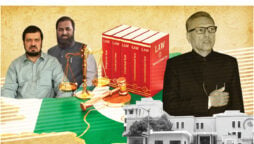
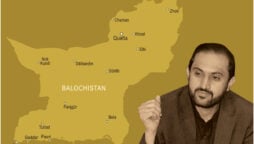

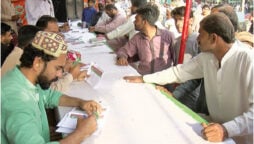
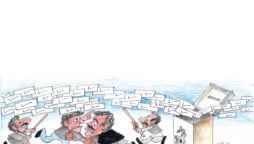
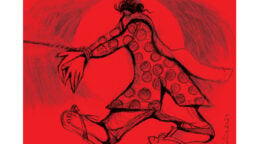

 Read the complete story text.
Read the complete story text. Listen to audio of the story.
Listen to audio of the story.